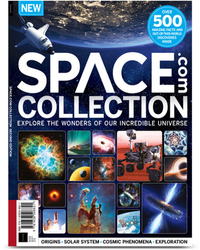Preparations for weightlessness both excite and scare the Valoria 2 crew — Commander's report: sol 2
As soon as they arrived on Mars, the Valoria 2 crew threw themselves into challenging and entertaining space mission training.

Dr. Michaela Musilova is the director of Hawaii Space Exploration Analog and Simulation (HI-SEAS) program, which conducts analog missions to the moon and Mars for scientific research at a habitat on the volcano Mauna Loa. Currently, she is in command of the two-week Valoria 2 mission and contributed this report to Space.com's Expert Voices: Op-Ed & Insights.
Commander's report for the Valoria 2 Mars mission at HI-SEAS
Sol 2 (Feb. 5, 2021)
My "household" has changed again. I'm still within the HI-SEAS simulated Martian research station, but my previous Valoria 1 crew has left and they have been replaced with the Valoria 2 crew. A crewmember from Valoria 1 rightly pointed out to me that me being the commander of mission after mission in the same habitat is like having new roommates in your house every few weeks. Not only do I need to train every new crewmember on how to survive on Mars, I need to get used to everyone's good and bad habits.
Fortunately for me, it has been fairly easy to teach my new Martian families the ways of how to live on the "Red Planet." New crewmembers, on average, take about five days to become fully versed in our life support systems, research projects, mission schedules and other vital parts of our daily life on Mars. What's even better is that the crew bonding usually starts from sol (Martian day) 1. As Science Communications Officer Lain Velasco wrote in her first mission report, we spent 90% of sol 1 laughing. I am happy to report that we have continued this trend throughout sol 2 and will hopefully continue doing so for the rest of the mission.
Related: The Valoria 1 crew is fighting to survive the night — Commander's report: sol 8
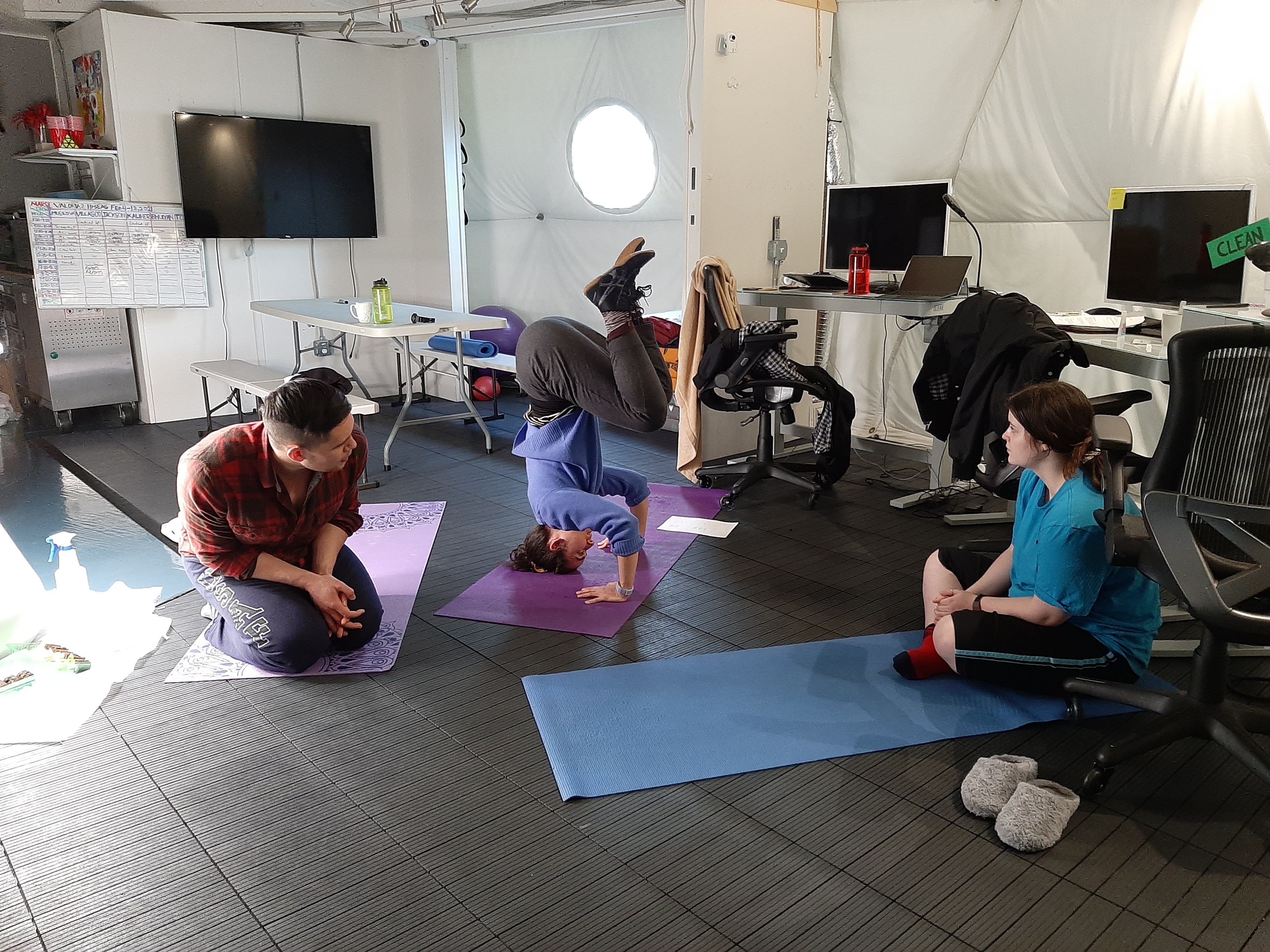
Space.com Collection: $26.99 at Magazines Direct
Get ready to explore the wonders of our incredible universe! The "Space.com Collection" is packed with amazing astronomy, incredible discoveries and the latest missions from space agencies around the world. From distant galaxies to the planets, moons and asteroids of our own solar system, you’ll discover a wealth of facts about the cosmos, and learn about the new technologies, telescopes and rockets in development that will reveal even more of its secrets.
I had a good feeling about this crew as soon as they arrived on Mars. Jokes and intense laughter quickly spread like wildfire. We already have a number of inside jokes and we've only been on Mars together for just over 24 hours. Most crews end up choosing a certain theme for their mission inspired by pop culture, such as "Die Hard" for Valoria 1 and "The Mandalorian" for SENSORIA M3. It seems like Valoria 2 has found its theme, too — Harry Potter. The habitat now has a Ministry of Magic and a Room of Requirement. The jury is still out about which one is the bathroom.
Get the Space.com Newsletter
Breaking space news, the latest updates on rocket launches, skywatching events and more!
Our main source of laughter and stress at the same time is Officer Lain Velasco's handbalancing training program for the crew. Lain has been a professional acrobat for the past 16 years and is currently studying Earth and Planetary Science at the University of London. For this mission, she will be teaching the crew handbalancing techniques to increase our body awareness and familiarize our vestibular system to the sense of being upside down in weightless environments.
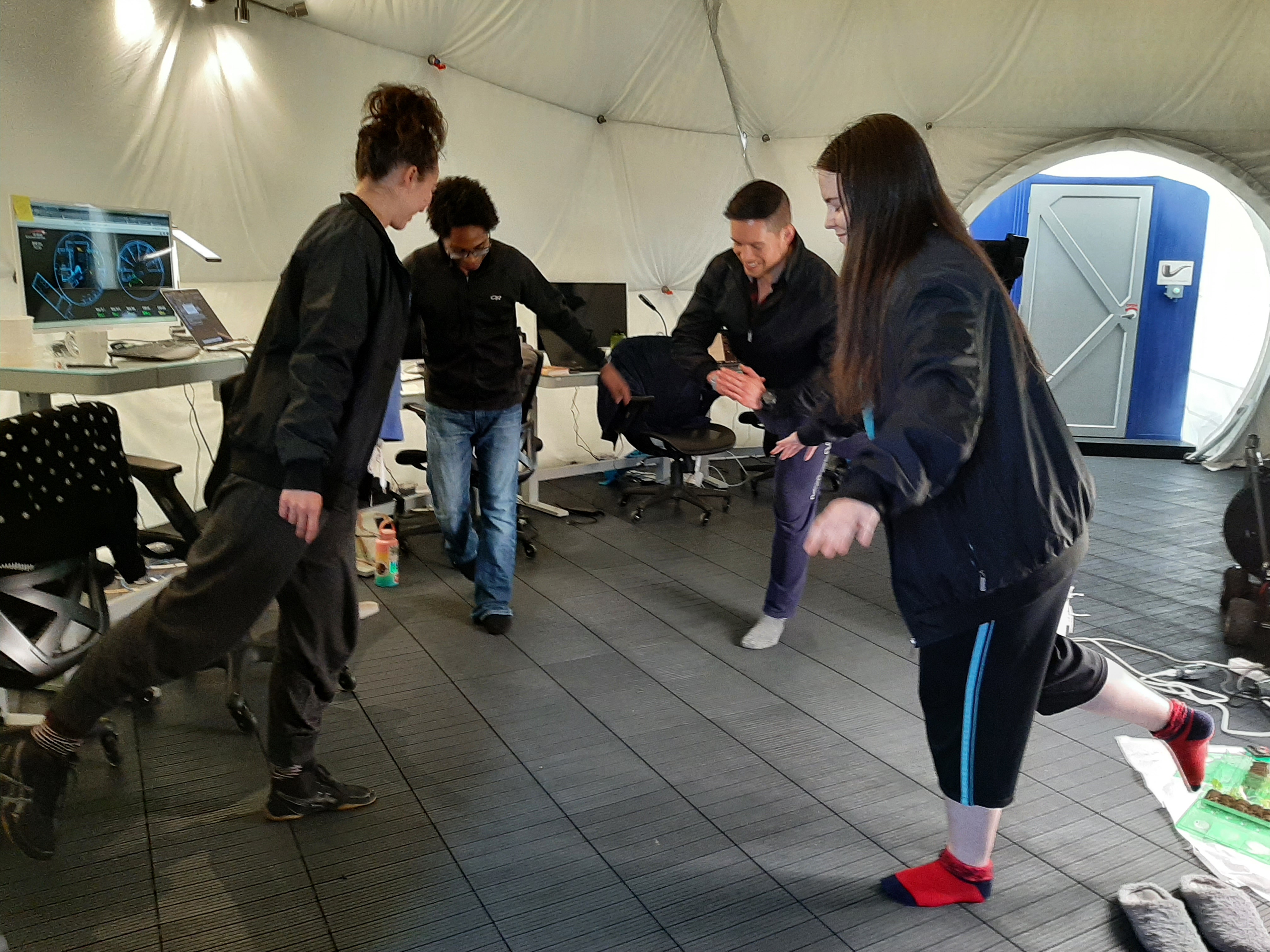
To start, we went through the fun exercise of testing our individual proprioception — our awareness of the position and movement of our body. This involved trying to find different parts of our body and balancing on one leg, both with our eyes closed. Everyone seemed to be very nervous about failing this test, especially in front of the whole crew. That is why one of the funniest moments today was when one crewmember exclaimed, "We all found our thumbs. Biggest achievement of the mission so far!"
We progressed to much more difficult tasks once Lain determined that we should all be able to do a handstand by the end of the mission. They involved positions that we refer to as "cats making pizza" and "bananas." This resulted in more laughter, alternating closely with nervous giggles and sweat as we tried more and more challenging tasks. Everyone tried very hard to improve their flexibility and successfully performed an assisted headstand. We are now both terrified and excited about what will await us tomorrow as part of this training.
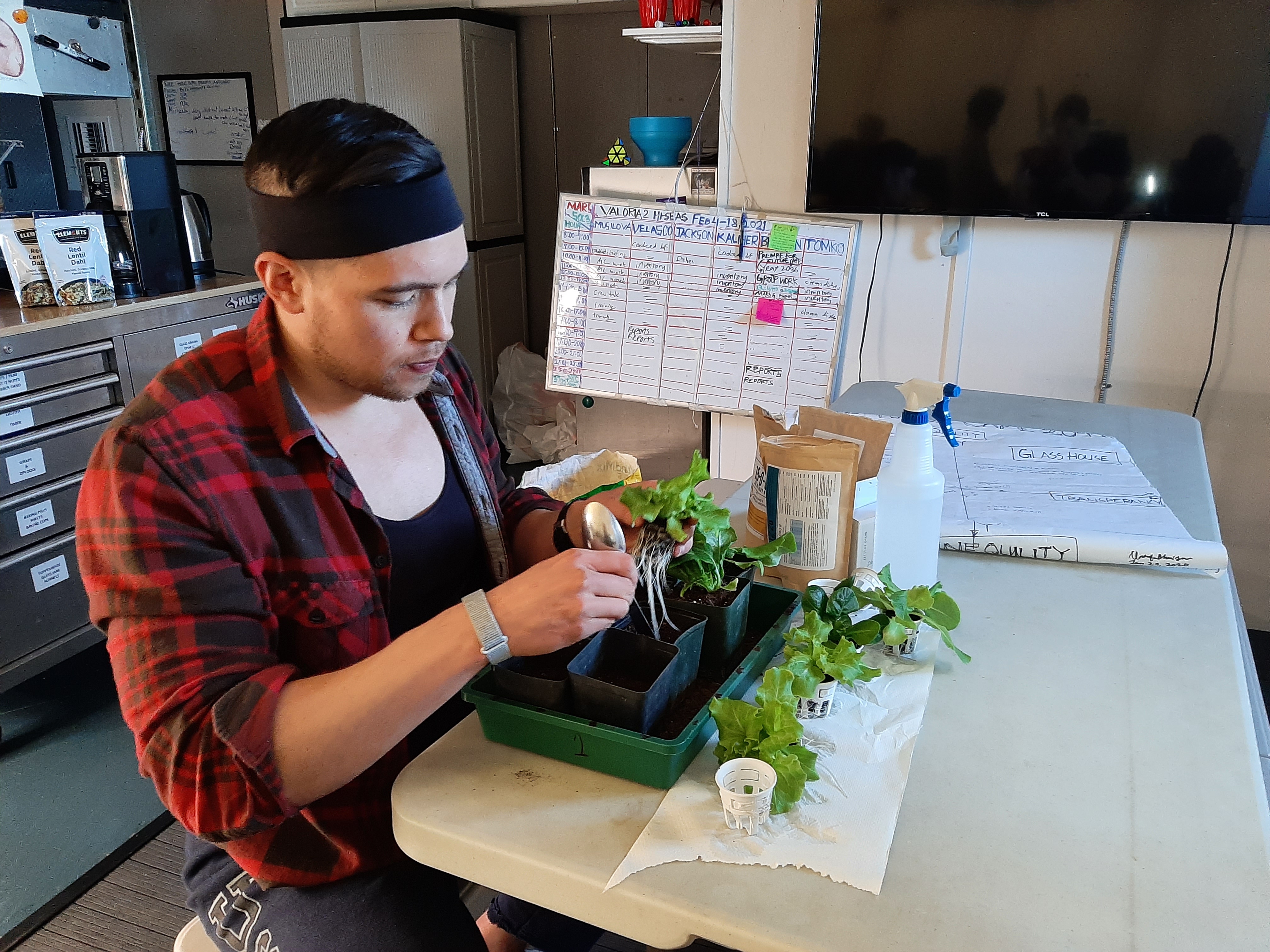
Another project that involves most of the crew is Crew Engineer Chris Jackson's testing of the Amazon Halo equipment on us. Chris is interested in the Valoria 2 crew's reactions to one another using this commercial off-the-shelf health tracking wearable. Thanks to his study, we are now all curious to see whether we are fully aware of how we interact with others, since the Amazon Halo app and wrist device is meant to detect our tone of voice, amongst other features. On Earth, Chris is a systems engineer and structural analyst working on NASA's next-generation Orion crew capsule. He joined this mission to gain a unique perspective of what it is like for a crew to live on Mars in the not too distant future.
Related: Astronauts will face many hazards on a journey to Mars
The whole crew is also looking forward to the results of Plant Biology Officer Paul Tomko's projects. Paul has a background in aerospace engineering, health and nutrition. He will work to optimize growing lettuce varieties with our LettuceGrow hydroponics system, along with experimenting with various beans and seed-sprouting techniques to provide a boost of energy and nutrition to the crew's normal freeze-dried staple food.
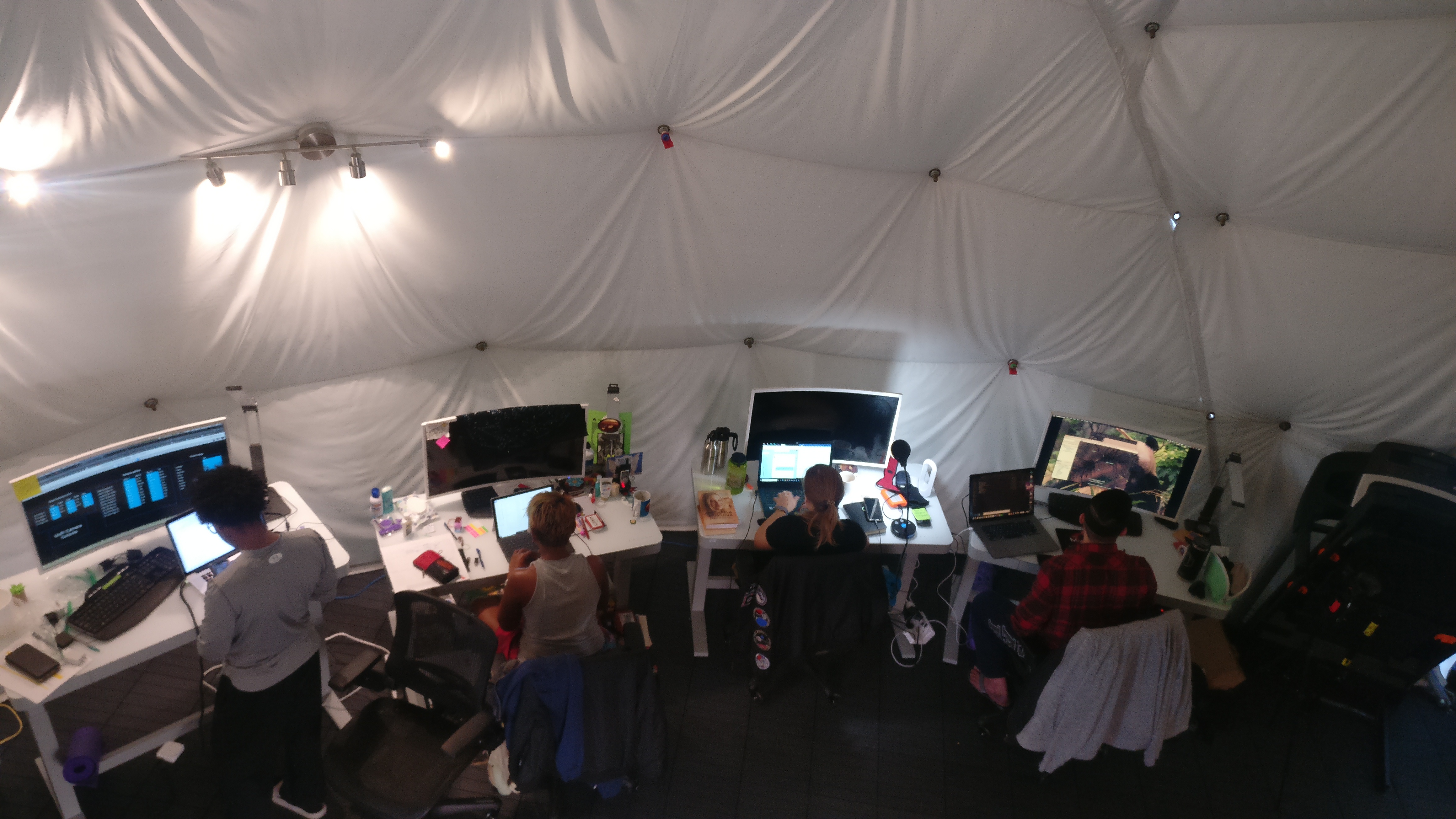
Our crew Operations Officer and In Situ Resource Utilization (ISRU) Mission Specialist is Rilee Kaliher. She is a graduate student pursuing a master's degree in Aerospace Systems Engineering at the University of Alabama in Hunstville, and she's working as a mechanical engineer at the same time. Her role during our mission will be to characterize different types of volcanic rocks found around the HI-SEAS habitat with implications for ISRU during future lunar and Martian missions. Our sixth crewmember unfortunately had to withdraw from the mission for personal reasons.
Finally, I am the commander of this Valoria 2 crew. My name is Dr. Michaela Musilova, and I am the director of HI-SEAS. This is the second out of five missions that I will be leading at the start of 2021. I have been taking part in many missions over the past year, since the pandemic affected our abilities to provide training to the crews before a mission. Instead, I personally train the crew during the mission. My specialization is in astrobiology, so when I am not taking care of my crew I try to find time to study the extreme lifeforms that live in lava caves near HI-SEAS, in collaboration with NASA's Goddard Space Flight Center and Honeybee Robotics.
Commander Musilova signing off to a night full of magic, laughter and preparations for the more in-depth training of the Valoria 2 crew.
Follow Michaela Musilova on Twitter @astro_Michaela. Follow us on Twitter @Spacedotcom and on Facebook.
Join our Space Forums to keep talking space on the latest missions, night sky and more! And if you have a news tip, correction or comment, let us know at: community@space.com.
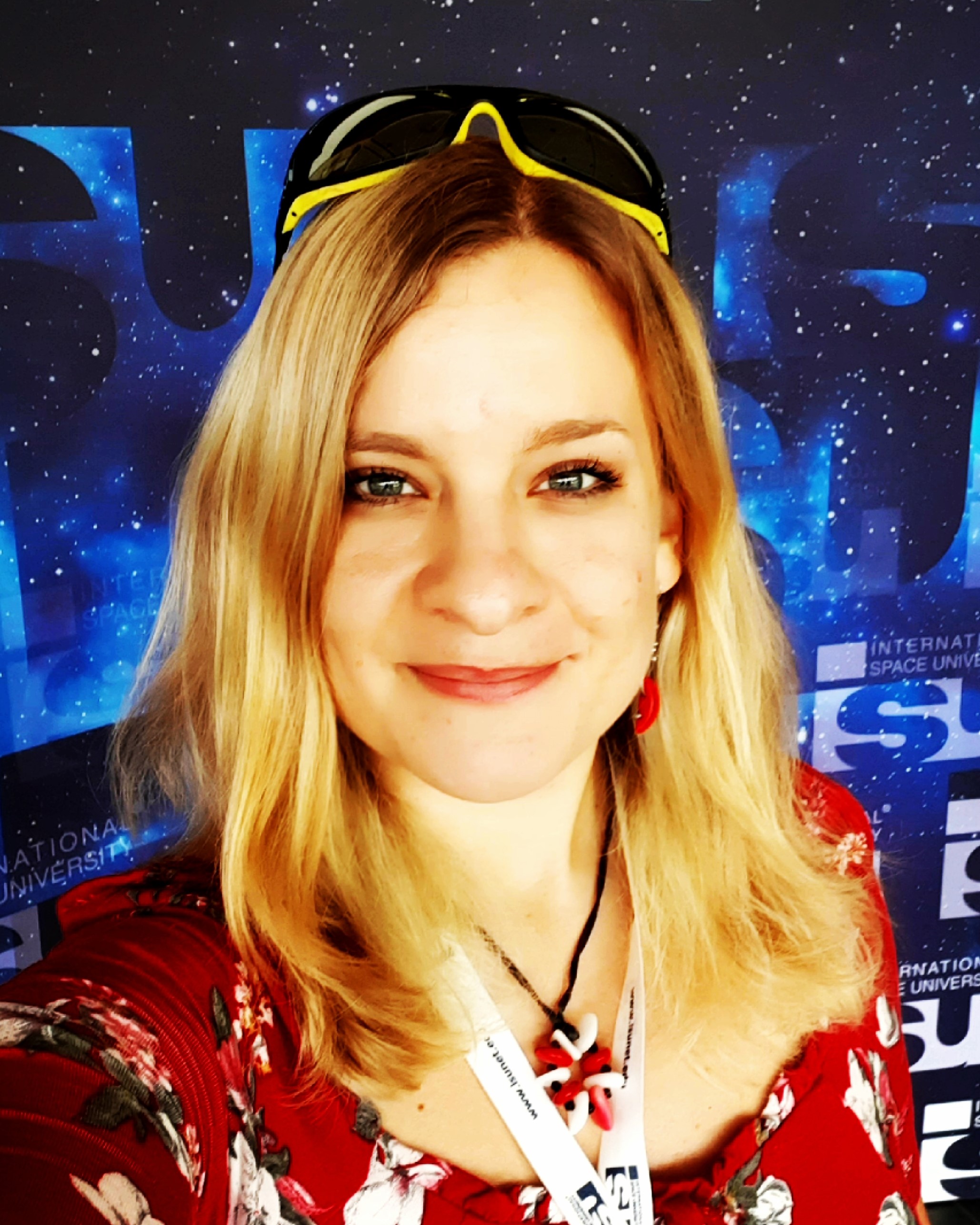
Dr. Michaela Musilova is an astrobiologist with a focus on life in extreme environments. She has a PhD degree from the University of Bristol and is a graduate from the International Space University's (ISU) Space Studies Program. Michaela's space research experience includes working at the NASA Jet Propulsion Laboratory, University of London Observatory, Canada-France-Hawaii Telescope, on NASA's and the U.K. Space Agency's MoonLite project, being an analogue astronaut and Commander of numerous simulated missions to the moon and Mars at the HI-SEAS station in Hawaii, and at the Mars Desert Research Station in Utah. Michaela is currently the Director of HI-SEAS, as part of the International MoonBase Alliance. She is also a visiting Professor at the Slovak University of Technology, Vice-Chair of the Slovak Organisation for Space Activities, Adjunct Faculty at ISU and the Senior Research Adviser for Mission Control Space Services Inc.
She has received numerous prizes and grants, including the Emerging Space Leaders Grant from the International Astronautical Federation (2016) and the Women in Aerospace – Europe Young Professional Award (2016), and she was selected as one of the most promising 30 under 30 by Forbes Slovakia (2015). Michaela is also actively involved in the Duke of Edinburgh's International Award, as a patron of the program in Slovakia and an Emerging Leader Representative for Europe, Mediterranean and Arab states. Furthermore, she enjoys participating in STEAM outreach activities from teaching at schools, giving public presentations, to working with the media and more, as well as encouraging people to pursue their dreams. For instance, she is an Advisory Board Member of the STEM Punks immersive programs for students and teachers.
